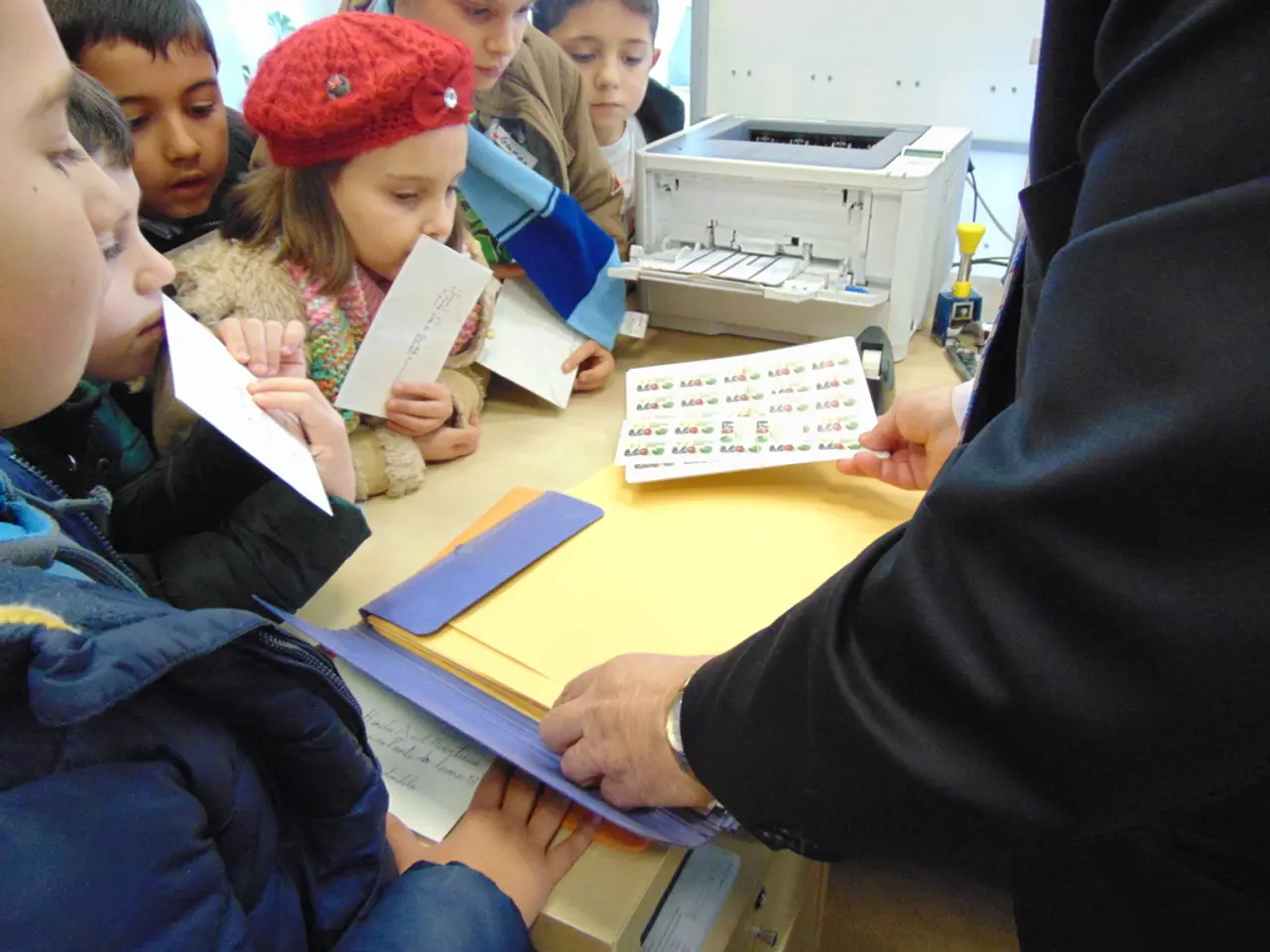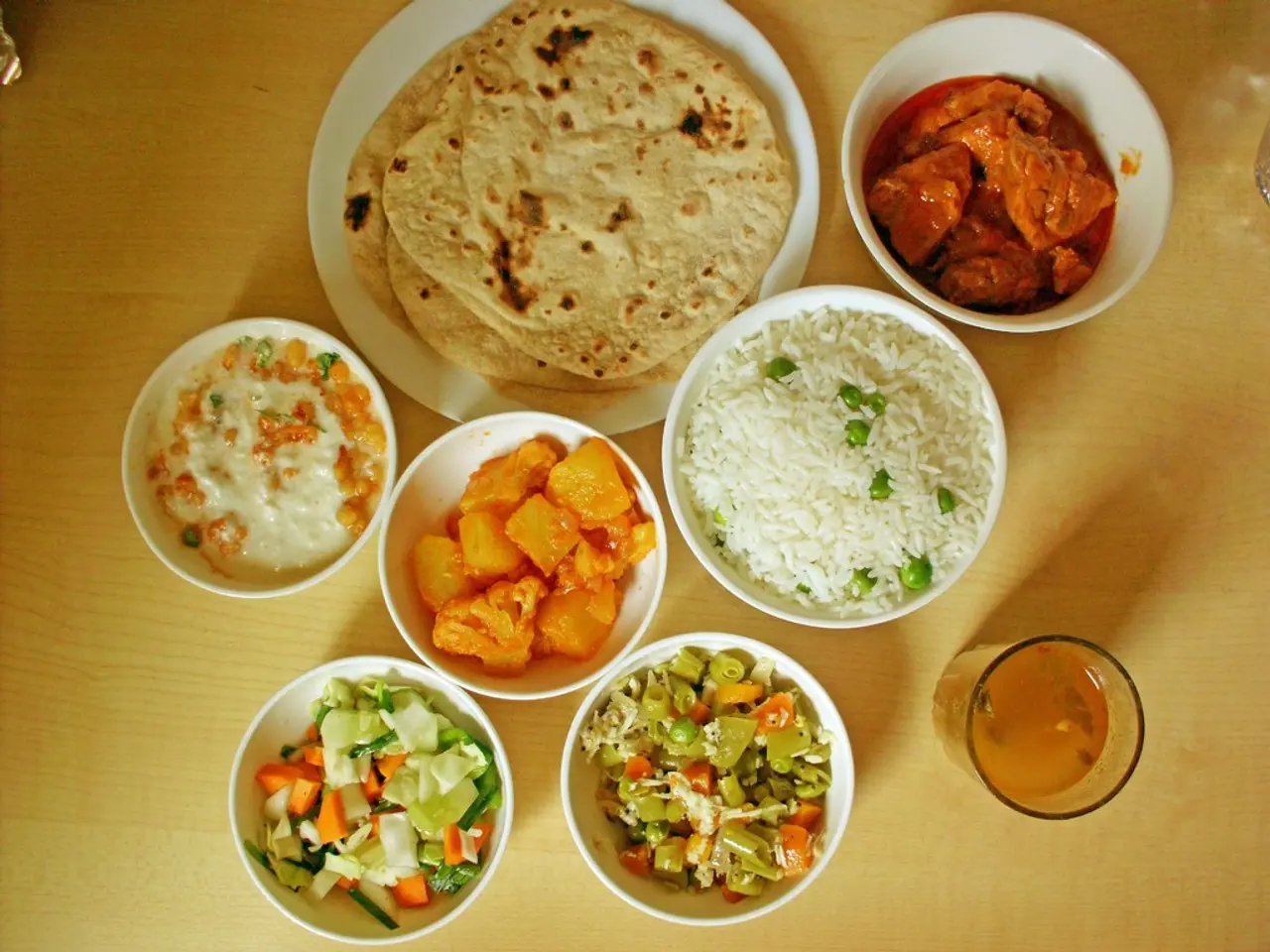Building Wealth for Future Generations: Strategies for Creating a Fortune for Your Children
Investing in a child's future can be a rewarding endeavour, offering tax advantages, long-term growth potential, and the opportunity to teach valuable financial skills. Here's a breakdown of some popular investment options and their key features.
Long-term Investment Options for Children
Two investment vehicles stand out for their potential returns over the long term: Dividend Reinvestment Plans (DRIPs) and custodial Roth IRAs.
Dividend Reinvestment Plans (DRIPs)
DRIPs allow children to invest in dividend-paying stocks, reinvesting dividends to compound wealth over decades. With an average return of around 10%, a monthly investment of $25 for 65 years could grow to nearly $2 million. The power of compounding dividends and time in the market, ideally through diversified stocks, is the key benefit.
Custodial Roth IRAs
Custodial Roth IRAs enable children to save earned income in a tax-advantaged retirement account. Contributions grow tax-free, and withdrawals in retirement are tax-free as well. Contributions are limited to the child's earned income or $7,000 per year (2025 limit).
The Impact of Additional One-Time Investments
Adding a one-time lump sum investment early in these accounts significantly boosts long-term growth due to compounding. Because returns accumulate not just on principal but also on accumulated gains and dividends, earlier and larger contributions exponentially increase final portfolio value.
In DRIPs, one-time investments accumulate dividends immediately, which get reinvested and grow over time. In Roth IRAs, lump sum contributions maximize tax-free growth starting from the investment date, amplifying retirement savings potential.
Tax Advantages and Contribution Limits
While DRIPs do not offer special tax advantages, Roth IRAs provide tax-free compounding and withdrawals. Contribution limits for Roth IRAs are based on the child's earned income or $7,000 per year (2025 limit).
Summary
| Investment Type | Potential Return Characteristics | Tax Advantages | Contribution Limits | Effect of Additional Lump Sum Investment | |--------------------------|------------------------------------------|-----------------------------------|---------------------------------------------|-----------------------------------------------------------| | Dividend Reinvestment Plans (DRIP) | Long-term compounding of dividends and capital gains; example ~10% average return | No special tax advantage; dividends taxed unless held in tax-advantaged account | Typically no strict limits, depends on stock purchase price | Large early lump sums increase compounding power and dividends reinvested | | Custodial Roth IRA | Tax-free compounding of contributions and earnings | Tax-free growth and withdrawals | Up to child's earned income or $7,000/year (2025) | Early lump sums maximize tax-free compounding over decades |
For children, these options combine the highest growth potential with the benefit of starting early, especially when bolstered with additional one-time investments to accelerate compounding growth.
Other Considerations
For managing smaller amounts of money for children, daily money market accounts are ideal, offering current good interest rates and easy accessibility.
Saving for education or studies requires budgeting for double the amount needed, with a monthly savings plan of 255.93€ needed to reach a goal of 120,000€ with an MSCI World ETF in 18 years.
Saving for a wedding, a move, or the first own apartment requires careful budgeting for associated costs.
When saving for a child's stay abroad, world ETFs are suitable if there is at least 15 years to invest.
Investment tips include starting early, taking advantage of the compound interest effect, and considering the investment period and return rate when choosing between ETFs and fixed-term deposits.
[1] Source: Investopedia, Dividend Reinvestment Plan (DRIP) [2] Source: IRS, Publication 929, Tax Rules for Children and Dependents [3] Source: Fidelity, Roth IRA Contribution Limits [4] Source: Vanguard, Roth IRA Contribution Limits [5] Source: Kiplinger, Roth IRA Contribution Limits for 2025 and Beyond
- "In addition to DRIPs and custodial Roth IRAs, personal-finance education and self-development are crucial when investing in a child's future. Teaching them about finance, investing, and the power of compounding can have lifelong benefits."
- "For managing smaller amounts of money for children who are not yet old enough to invest, education-and-self-development materials about personal finance can provide a solid foundation for future financial knowledge."




